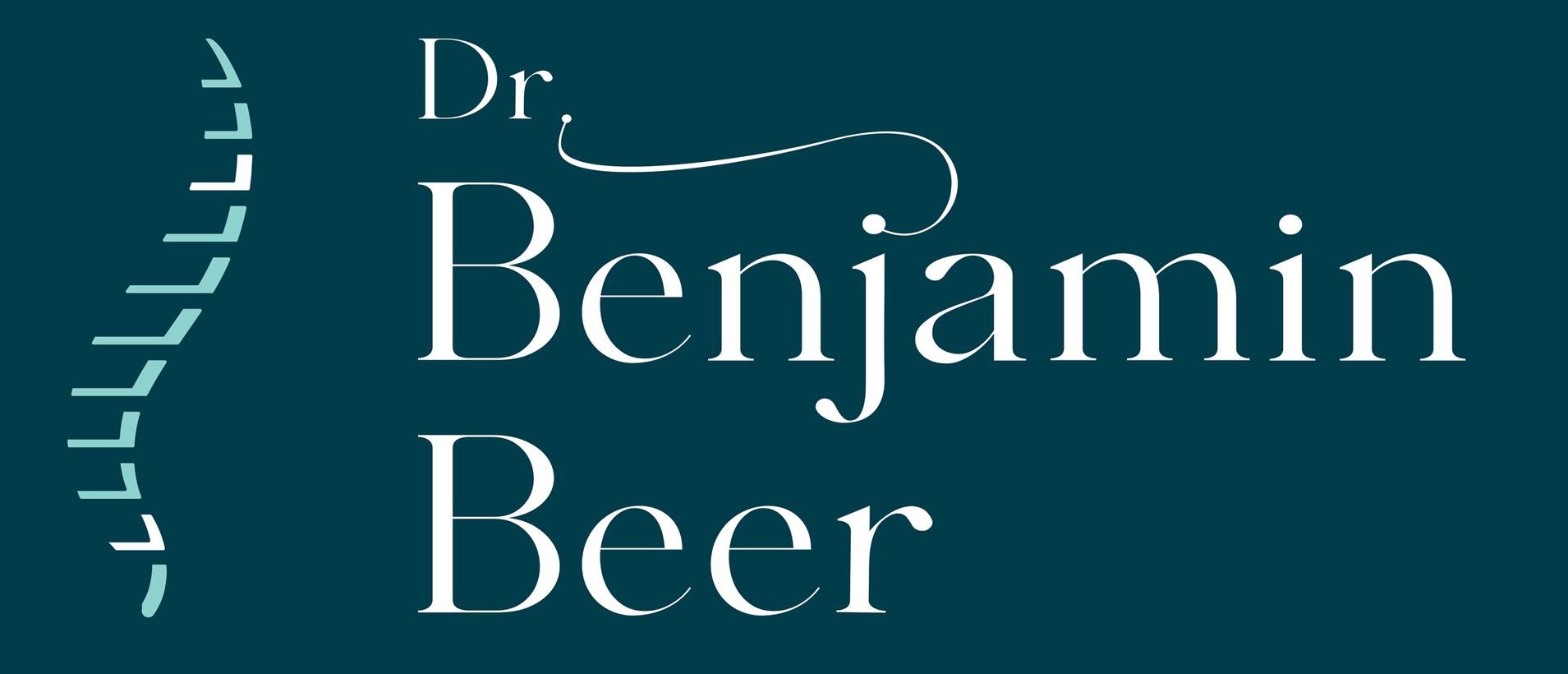Back Pain
What is Back Pain?
Back pain is pain felt in the back that may originate from any spine structures, including muscles, nerves, bones, joints, discs or other structures in the spine. Back pain is one of the most common medical problems experienced by 80% of people at some time during their lives and 50% of people each year. Back pain can be acute, lasting from a few days to a few weeks or chronic, if it lasts more than three months.
Back Pain is commonly referred to as Sciatica. Back pain can be present with other symptoms such as weakness, numbness or tingling in your arms or legs caused by spinal cord or nerve damage.
Back pain can present as dull and constant or sudden and sharp. Back pain may be confined to one area or radiate to other areas such as the arm and hand, the upper back, or the lower back and might radiate around the trunk, into the buttock, leg, or foot.
What Structures/Conditions Can Cause Back Pain?
Back pain can be a complex condition with many potential causes, including
- Muscle or ligament strain: Repeated heavy lifting or sudden awkward movements can strain back muscles and spinal ligaments, leading to pain.
- Ruptured discs: Discs are cushions between your spine's bones (vertebrae). The tough outer rind (annulus) can tear) and the soft material inside the disk (nucleus pulposus) can bulge or rupture. Both can cause back pain.
- Herniated Nucleus Pulposus: When an injury occurs, the central core of the disc is pushed through a tear in the outer hard layer of the disc, causing a bulge irritating nearby nerves. The herniated disc either presses on or chemically irritates nearby spinal nerves. This can cause back and leg pain and often leads to the spine's stabilising muscles (multifidus) to waste.
- Arthritis: Osteoarthritis can affect the lower back, particularly the facet joints. In some cases, arthritis in the spine can lead to a narrowing of the space around the spinal cord, a condition called spinal stenosis.
- Skeletal irregularities: A condition where your spine curves to the side (scoliosis) or the front (kyphosis) can lead to back pain, but generally not until middle age.
- Osteoporosis: Your spine's vertebrae can develop fractures if your bones become porous and brittle.
- Spondylolysis is a condition where the posterior part of the vertebrae is elongated or missing. It is commonly found in athletes participating in hyperextension sports such as gymnastics, pole-vaulting, rowing and cricket. It can cause instability.
- Spondylolisthesis: This spine condition occurs when one vertebra is displaced or has slipped forward over the other below it.
- Other conditions: Some types of cancer and infections can cause back pain.
- Referred pain: Other internal organs and structures, such as the kidney or diaphragm, can refer to pain in the back.
Who is Most at Risk for Back Pain?
Back pain generally does not discriminate and can affect people of all ages and of all levels of fitness/activity, but the risk increases as people grow older due to age-related degenerative changes in the spine. Other factors that might increase your risk for back pain include:
- Physical fitness level: People who are not physically fit are more likely to experience back pain as weak back and abdominal muscles may not properly support the spine.
- Occupational hazards: Jobs that require heavy lifting, pushing, or pulling, and twisting of the spine can lead to back injury. A job that requires sitting all day can also lead to back pain.
- Genetic factors: Some causes of back pain, such as certain arthritis and cancer, have genetic components.
- Body weight: Being overweight or obese can put extra stress on the back, increasing the risk of back pain.
- Smoking: This can cause the body to deliver fewer nutrients to the discs in the back, leading to more degeneration.
- Mental health issues: Anxiety and depression can contribute to and arise from chronic back pain.
How Does Back Pain Impact Your Health and Function?
Pain
Back pain can have significant impacts on your health and overall function. In the short term, it can cause discomfort and distress and interfere with daily activities such as work, exercise, and routine tasks. In some cases, it can even lead to difficulty walking or moving.
Loss of Function
Over time, if not managed effectively, chronic back pain can lead to reduced physical fitness and mobility, as a person might avoid activities that exacerbate their pain. This can lead to weight gain, decreased muscle tone, and related health issues.
Loss of Reliability & Mental Health Effects
Chronic back pain can also affect mental health, contributing to problems like sleep disturbances, depression, and anxiety. It can also impact your social life, as constant pain might make engaging in social activities or family responsibilities difficult. In more severe cases, back pain can even lead to disability.
Common Symptoms of Back Pain
Back pain symptoms can vary depending on the cause of the pain and the specific area of the back that's affected. Common symptoms might include:
- Persistent aches or stiffness
- Difficulty sleeping
- A sharp, localised pain in the neck, upper back, or lower back, particularly after lifting heavy objects or engaging in other strenuous activity.
- Chronic ache in the middle or lower back, especially after sitting or standing for extended periods.
- Sciatica: Back pain radiates from the lower back to the buttock, down the back of the thigh, and into the calf and toes.
- Inability to stand straight without having pain or muscle spasms in the lower back.
Red Flags
Back pain can sometimes be a sign of a serious medical problem, particularly infection, tumour, cauda equina syndrome or a spinal injury. Seek immediate medical attention if you experience back pain associated with loss of bladder or bowel control, numbness in the groyne or perianal area, leg weakness, severe bilateral sciatica, loss of balance, trauma, fever, or unexplained weight loss.
How is the Cause of Back Pain Diagnosed?
Back pain diagnosis typically starts with a medical history and physical examination. Dr. Beer will ask about your pain's characteristics, associated symptoms, and pre-existing medical conditions. Dr. Beer will have you fill out standardised questionnaires as they help guide and assess treatment and facilitate excellent communication.
Imaging tests may be ordered. These include X-rays or EOS to look for bone abnormalities and your alignment profile, a Magnetic Resonance Imaging (MRI) or Computerised Tomography (CT) scan to look for problems with the discs, nerves or muscles, or bone scans if Dr. Beer suspects a bone-related problem.
Adjuncts to a precision diagnosis include nerve studies (such as electromyography and nerve conduction studies), which may be used to identify nerve damage. Discograms are a provocative test that can help define precisely which, if any, discs may be causing back pain.
What if Back Pain is Untreated?
If left untreated, acute back pain might resolve independently but can also progress to chronic back pain. Chronic back pain can lead to decreased mobility, loss of function, and reduced quality of life.
Untreated back pain can also have psychological effects like depression and anxiety. It can also affect a person's ability to work and engage in social activities.
In some cases, untreated back pain can be a sign of a serious underlying medical condition that can worsen over time if not addressed. As such, seeking medical attention for persistent back pain is always important.
How Can Back Pain be Treated?
Non-surgical treatments most commonly resolve back pain. These include
- Education - making the correct diagnosis and educating patients about the cause of their specific back pain, the usual course of recovery, the effects the pain can have on their mental health and function and the simple yet effective treatment options that are extremely successful is the mainstay of treatment for back pain.
- Anti-inflammatory medications, or NSAIDs, can be helpful briefly to provide relief.
- Cold packs, heat packs or both are applied to the back to help ease symptoms, including discomfort, and relieve stiffness and pain.
- Activity modification: This can be as simple as sleeping with the pillow between the knees while lying on one side. Placing the pillow under your knees when lying on your back may help relieve back pain to avoid aggravating factors.
- Movement and exercises to strengthen your trunk and back muscles. Active-based physiotherapy programs and pilates can help with this.
- If a patient’s back pain causes more serious mood symptoms, these can be helped significantly by engaging a psychologist.
Thankfully, 80 – 90% of patients suffering from acute back pain will improve over six to twelve weeks.
Most patients with back pain do not require surgical treatment.
Unfortunately, the pain may not be resolved in certain conditions despite these simple and effective treatments.
Indications for potential surgery include:
- Significant or progressive weakness
- Pain unable to be adequately controlled with usual non-operative treatments
- Pain persists for more than 3-6 months and is affecting social, work and recreational activities
- Lack of reliability
Conditions found to have successful outcomes following effective surgical treatment include:
- Degenerative Disc Disease
- Lumbar Disc Herniation
- Lumbar Stenosis
- Pars fracture and Spondylolisthesis
- Sacroiliac Joint Dysfunction
Dr. Beer will guide you through the entire process and educate you on all treatment options, including the appropriate surgery based on your specific symptoms, diagnosis and goals.









